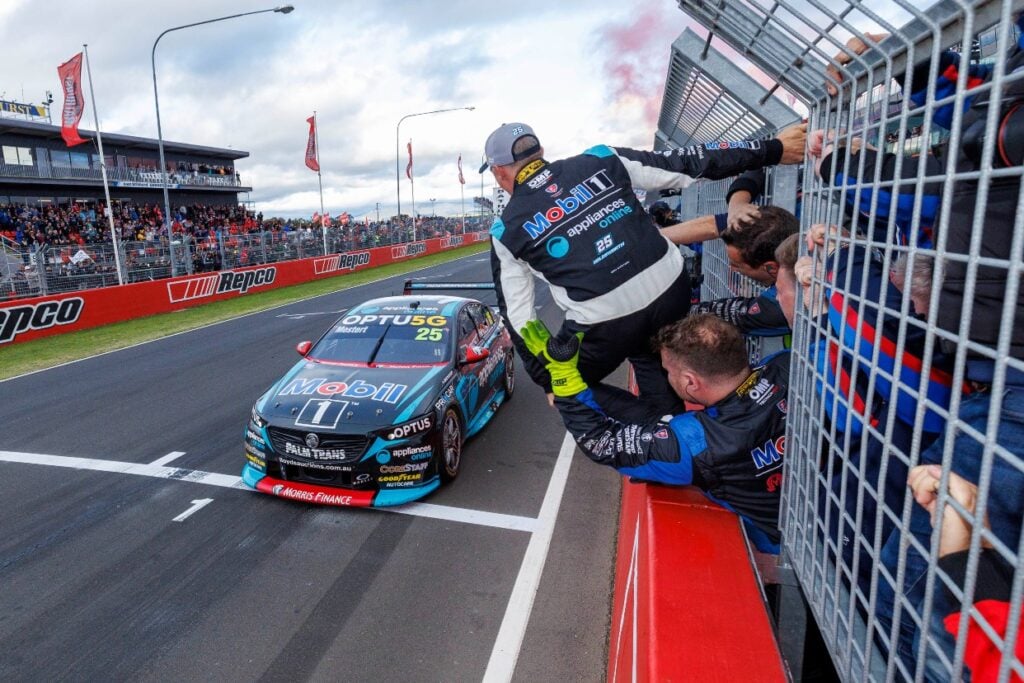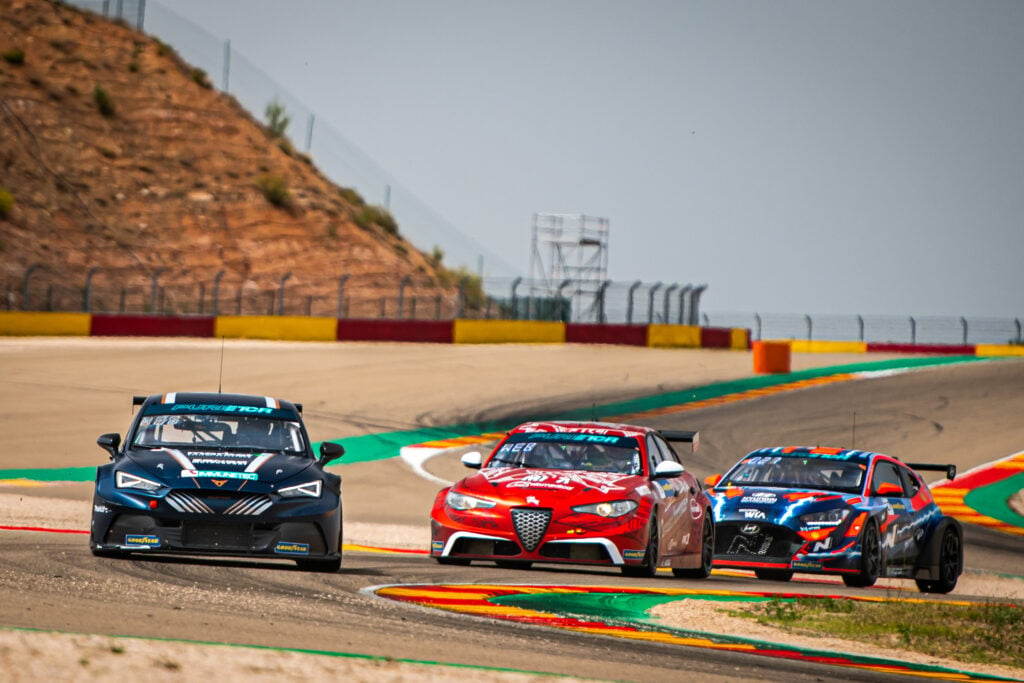The World Endurance Championship will have a new premier category which will emulate the glory days of GT1.
A vision of the new rules – set to be introduced in 2020 – was revealed by the FIA and ACO (which govern the World Endurance Championship) at the 24 Hours of Le Mans over the weekend.
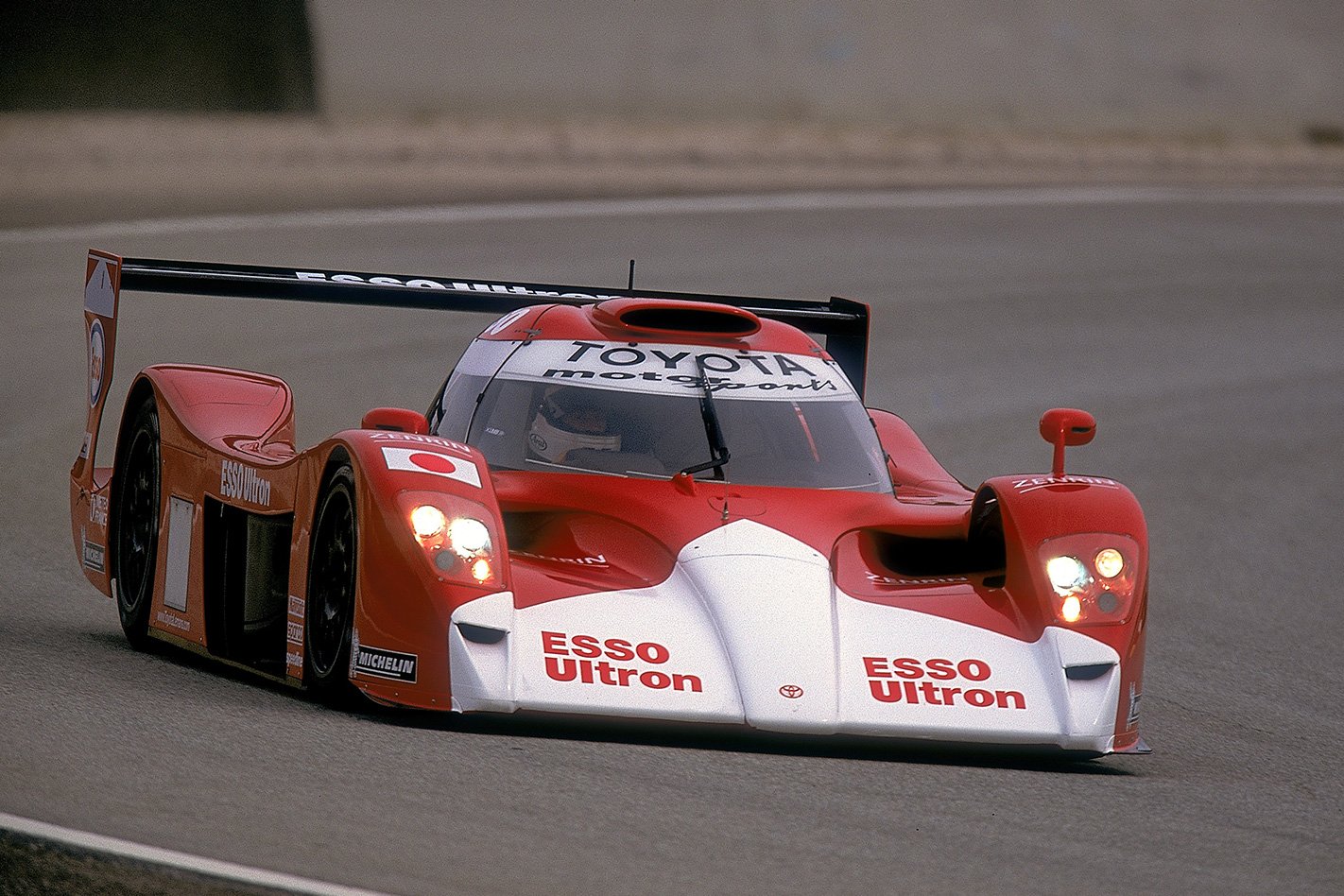
LMP1 is the current premier category in WEC, but is set to killed off at the end of the current 2018/19 ‘superseason’.
The writing has been on the wall for LMP1 ever since Audi and Porsche pulled out of the category in quick succession in 2016/17, and now we have a clearer idea of what its replacement could look like.
While a name has not yet been announced – with the FIA stating a final decision will come down to popular vote (Fasty McFastface anyone?) – the regulations are intended to appeal to manufacturers while slashing the multi-million dollar budgets of LMP1.
The FIA says the new rules will revolve around “hypercars, supercars, luxury GTs or concept cars”, and “focus on the appearance, style and lines of the cars”.
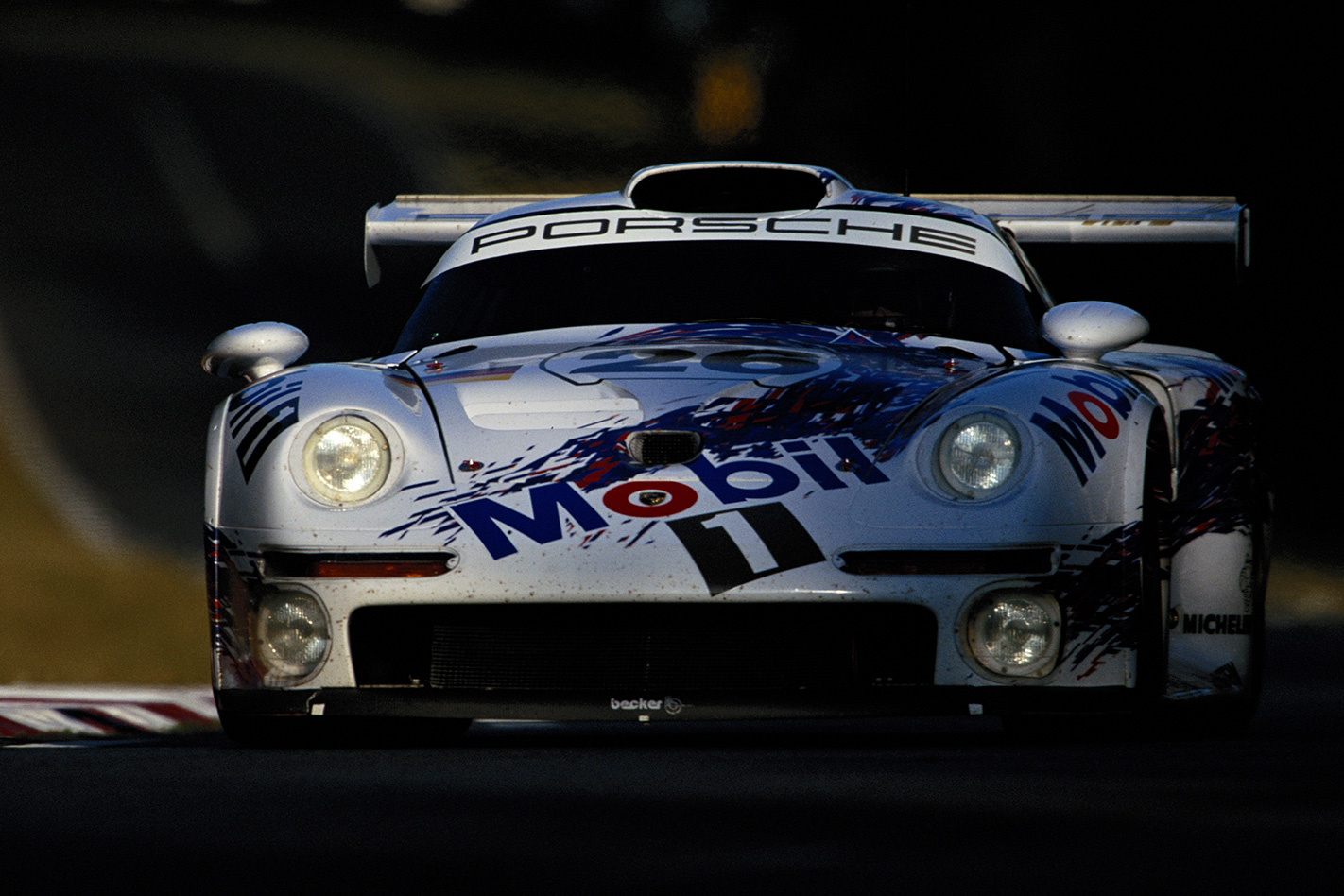
Visuals are high on the ACO and FIA’s priority list, with a press release stating “aerodynamics cannot take precedence over aesthetics” with the new rules.
The dimensions being suggested by rule makers include cars featuring two seats, a larger car-like cockpit, wider windscreens, and a more upright seating position (instead of the semi-reclined, almost F1 position of current LMP1 cars).
Moveable aerodynamic devices will be permitted, with maximum drag and downforce levels determined by the FIA.
A maximum weight of 980kg has been suggested with weight distribution regulated much as it is in F1.
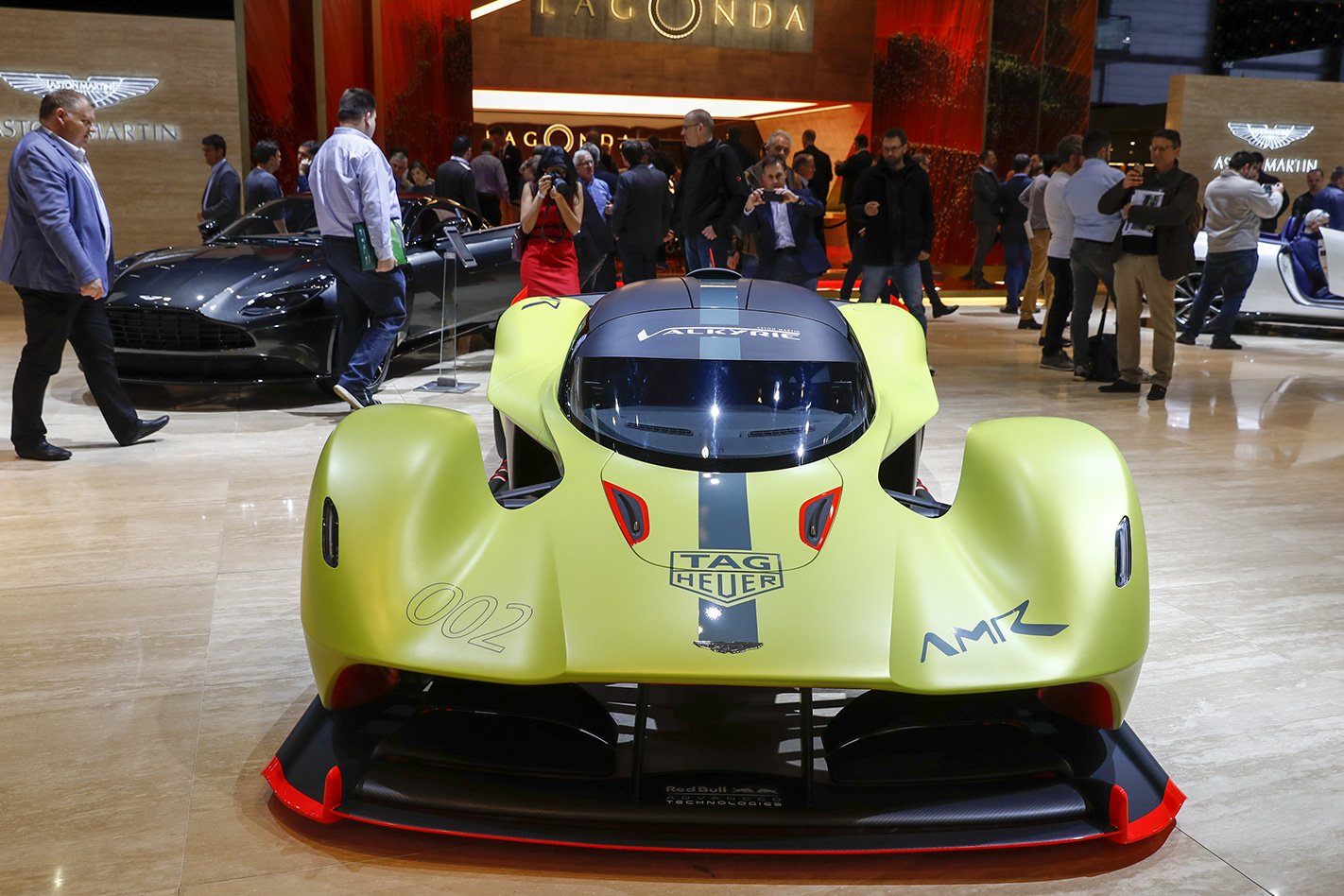
Power will be provided to thanks to a hybrid powertrain, with the new rules dictating a 4WD system. The FIA has stated it is keen to see a variety of different engines involved in the category, and will permit a “free engine design”. However, engines will have their minimum size, weight and centre of gravity dictated by the rulebook.
A target total system output of 720kW has been touted, with the combustion engine capped at 520kW, and 200kW being provided by electric motors which are fed by a kinetic energy recovery system (KERS) on the front axle.
The current fuel flow limits of LMP1 (80kg per hour for hybrids) are expected to carry over into the 2020 regulations.
Media speculation has suggested the return of GT1-style homologation rules, with the racing cars requiring mechanically similar (or identical) roadgoing siblings.
However, the FIA has not specified this will be the case. Instead it has stated that the KERS “will have to be used on production cars at a pre-defined price”.
This could be interpreted as meaning teams could use a bespoke prototype body and chassis design, but will feature an energy recovery system from a roadgoing car.
Privateers that aren’t affiliated with a factory effort will be taken care of thanks to a rule which dictates the KERS system must be made available for lease by manufacturers, along with a common ECU.
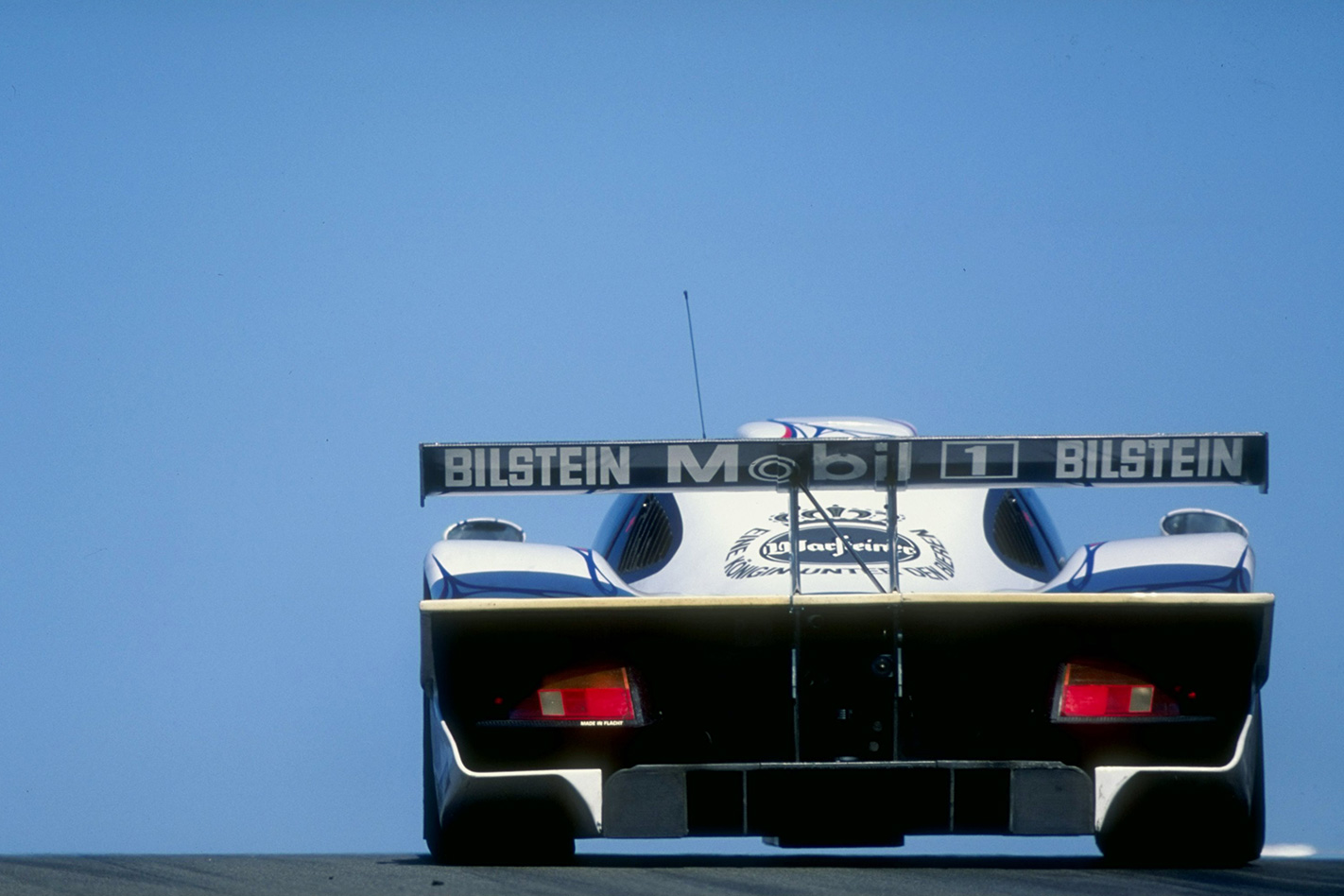
So what will all of this mean for performance? Well the FIA has stated it is targeting a laptime at Le Mans of 3:20. For context the pole time at this year’s 24 Hours of Le Mans was a 3:14.355 from Toyota, while the lap record is a 3:14 set in 2017.
Teams will also be restricted to a single body homologation. Currently two designs are homologated in LMP1 – a high-downforce set-up used at tracks like Silverstone, and a low-downforce setting for Le Mans and similar layouts. This will doubtless cause much consternation from engineers as they attempt to achieve a happy balance between hunting Le Mans glory, and season-long performance.
FIA representative claim the new rules will reduce budgets to a quarter of what was spent by hybrid manufacturers this year, while still offering factories the opportunity to develop road-relevant technology.
Technical Working Groups will meet from July 2 to iron out a full set of regulations, which are expected to be finalised at a meeting of the Motorsport World Council in December.
IMSA, the American sportscar championship, is currently involved in discussions regarding the 2020 WEC rules, but will not yet confirm if it will also adopt the new regulations. Toyota, McLaren, Aston Martin, Ferrari and Ford have been involved in ongoing discussions with organisers.
Oh, and the FIA also dropped the bombshell that it hopes to have hydrogen-powered cars racing at Le Mans in 2024.




